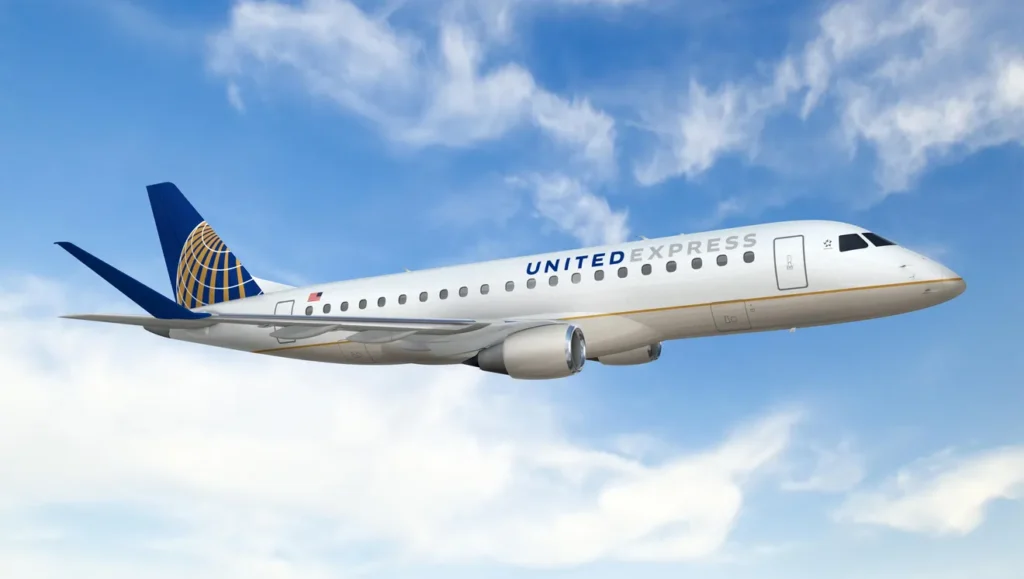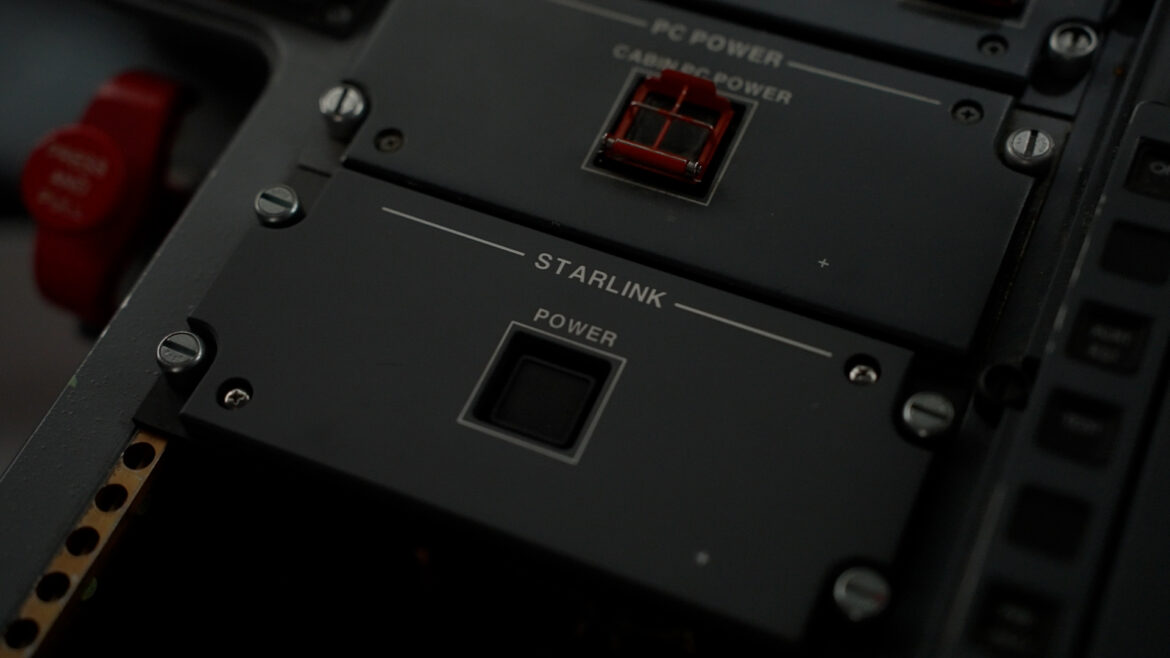Advertiser & Editorial Disclosure: The Bulkhead Seat earns an affiliate commission for anyone approved through the links below. This compensation may impact how and where links appear on this site. We work to provide the best publicly available offers to our readers. We frequently update them, but this site does not include all available offers. Opinions, reviews, analyses & recommendations are the author’s alone, and have not been reviewed, endorsed, or approved by any of these entities.
United Airlines announced in September 2024 that Starlink would be installed on all United aircraft (more than 1,000 planes) over the next few years and that it would be free for MileagePlus® members. In March, United had the first regional jet ready to go. United expected to have Starlink added to 40+ regional aircraft each month beginning in May through the end of the year, but it has hit a snag with radio interference making it necessary to pause the rollout and disable it where it was already installed.

The Points Guy broke the news that the use of VHF antennas that pilots use to communicate with air traffic controllers along with the Starlink antennas has caused radio interference. This needs to be evaluated and a fix found before Starlink Wi-Fi is able to be reactivated on the Embraer E175 aircraft where this has been installed.
United provided a statement to The Points Guy. It reads:
Starlink is now installed on about two dozen United regional aircraft. United and Starlink teams are working together to address a small number of reports of static interference during the operation of the Wi-Fi system, which is fairly common with any new airline Wi-Fi provider. We expect the service to be back up and running on these aircraft soon.”
United encountered a similar issue when it installed Viasat Wi-Fi on its other aircraft a few years back. It takes time to find a fix and United/Starlink will hopefully have this resolved soon. The good news is that while a solution is being figured out, Starlink will continue to be installed.
Passengers onboard Starlink-equipped regional aircraft can expect Wi-Fi speeds up to 250 megabits per second (Mbps), which is around 50x faster than current regional aircraft speeds. Starlink delivers internet access around the world, including over oceans, polar regions, and other remote locations that previously did not offer Wi-Fi signals. United is the first carrier in the world to commit to installing Starlink service at this scale. Other airlines like airBaltic, Air New Zealand, Hawaiian Airlines, Qatar Airways, and WestJet have plans to install Starlink, but United will be by far the biggest customer.
Anthony’s Take: I can’t wait for the speed and reliability that Starlink will bring to United’s fleet. Teething pains are natural with a rollout like this and it should be fixed pretty quickly.
(Image Credits: United Airlines and Starlink.)
User Generated Content Disclosure: The Bulkhead Seat encourages constructive discussions, comments, and questions. Responses are not provided by or commissioned by any bank advertisers. These responses have not been reviewed, approved, or endorsed by the bank advertiser. It is not the responsibility of the bank advertiser to respond to comments.
Advertiser & Editorial Disclosure: The Bulkhead Seat earns an affiliate commission for anyone approved through the links above This compensation may impact how and where links appear on this site. We work to provide the best publicly available offers to our readers. We frequently update them, but this site does not include all available offers. Opinions, reviews, analyses & recommendations are the author’s alone, and have not been reviewed, endorsed, or approved by any of these entities.
